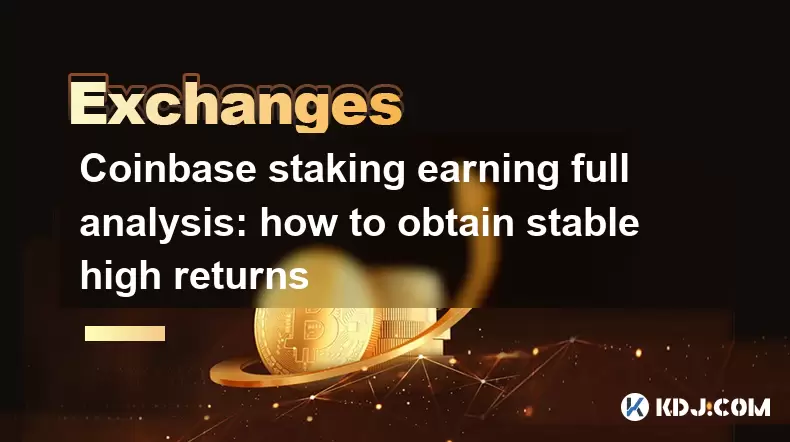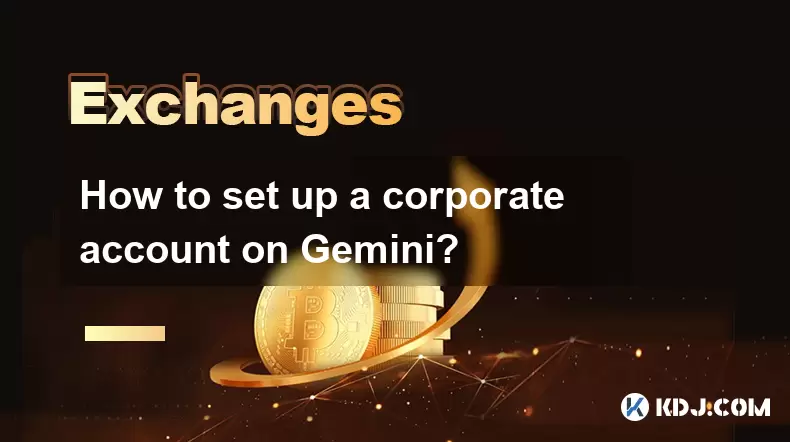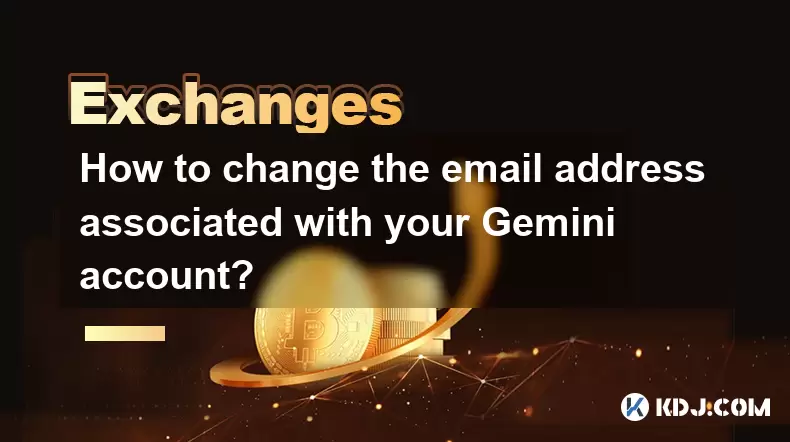-
 Bitcoin
Bitcoin $114200
0.00% -
 Ethereum
Ethereum $3637
0.56% -
 XRP
XRP $2.950
-2.01% -
 Tether USDt
Tether USDt $0.9999
0.02% -
 BNB
BNB $761.0
0.55% -
 Solana
Solana $164.1
-1.38% -
 USDC
USDC $0.9999
0.02% -
 TRON
TRON $0.3332
0.36% -
 Dogecoin
Dogecoin $0.2012
-0.52% -
 Cardano
Cardano $0.7261
-1.41% -
 Hyperliquid
Hyperliquid $37.62
-2.13% -
 Stellar
Stellar $0.3930
-2.65% -
 Sui
Sui $3.441
-0.16% -
 Bitcoin Cash
Bitcoin Cash $563.8
0.70% -
 Chainlink
Chainlink $16.50
0.09% -
 Hedera
Hedera $0.2424
-0.14% -
 Ethena USDe
Ethena USDe $1.001
0.01% -
 Avalanche
Avalanche $22.20
0.00% -
 Litecoin
Litecoin $118.0
-2.48% -
 UNUS SED LEO
UNUS SED LEO $8.991
0.12% -
 Toncoin
Toncoin $3.195
-3.87% -
 Shiba Inu
Shiba Inu $0.00001217
0.12% -
 Uniswap
Uniswap $9.674
-0.21% -
 Polkadot
Polkadot $3.633
1.00% -
 Monero
Monero $295.3
-0.82% -
 Dai
Dai $0.9999
0.00% -
 Bitget Token
Bitget Token $4.321
-0.41% -
 Cronos
Cronos $0.1392
0.73% -
 Pepe
Pepe $0.00001027
-0.89% -
 Aave
Aave $258.5
0.32%
Coinbase staking earning full analysis: how to obtain stable high returns
Coinbase staking offers user-friendly crypto rewards; stake ETH, Solana, Cardano to earn up to 5% APY, with automatic staking and periodic reward distribution.
Jun 06, 2025 at 10:15 am

Coinbase, one of the leading cryptocurrency exchanges, offers a staking service that allows users to earn rewards on their crypto holdings. Staking is a process where users lock up their cryptocurrencies to support the operations of a blockchain network, and in return, they receive rewards. This article provides a comprehensive analysis of Coinbase staking, detailing how users can achieve stable and high returns through this platform.
Understanding Coinbase Staking
Coinbase staking is designed to be user-friendly, allowing even those new to cryptocurrencies to participate and earn rewards. The process involves holding certain cryptocurrencies in your Coinbase account, which are then used to validate transactions on their respective blockchains. The cryptocurrencies eligible for staking on Coinbase include Ethereum, Solana, Cardano, and others. By staking these assets, users can earn a percentage of their holdings as rewards, which are distributed periodically.
How Staking Works on Coinbase
Staking on Coinbase is straightforward. Once you have eligible cryptocurrencies in your account, Coinbase automatically stakes them on your behalf. Here's how you can start staking:
- Log into your Coinbase account: Ensure you have an active account on Coinbase.
- Deposit eligible cryptocurrencies: Transfer cryptocurrencies like Ethereum, Solana, or Cardano to your Coinbase wallet.
- Enable staking: Coinbase automatically enables staking for eligible assets. You can check the staking status in your account's asset details.
The rewards you earn from staking are added to your Coinbase account and can be withdrawn or reinvested at any time. The amount of rewards you receive depends on the cryptocurrency staked and the current reward rate offered by Coinbase.
Factors Affecting Staking Returns
Several factors influence the returns you can achieve through Coinbase staking:
- Cryptocurrency Type: Different cryptocurrencies offer different staking rewards. For instance, Ethereum might offer a different annual percentage yield (APY) compared to Solana.
- Staking Duration: Some cryptocurrencies may require a minimum staking period, which can affect the overall returns.
- Network Conditions: The performance of the blockchain network can impact staking rewards. Higher transaction volumes can lead to higher rewards.
- Coinbase's Staking Rate: Coinbase sets its own staking rates, which can vary based on market conditions and the platform's operational costs.
Maximizing Returns on Coinbase Staking
To maximize your returns from Coinbase staking, consider the following strategies:
- Diversify Your Staking Portfolio: Instead of staking a single cryptocurrency, diversify across multiple assets to spread risk and potentially increase overall returns.
- Monitor and Adjust: Keep an eye on the staking rates offered by Coinbase and adjust your holdings accordingly. If one cryptocurrency's staking rate drops, you might want to shift your assets to another with a higher rate.
- Reinvest Rewards: Reinvesting your staking rewards can compound your earnings over time, leading to higher returns.
Risks and Considerations
While Coinbase staking offers the potential for stable and high returns, there are risks to consider:
- Market Volatility: The value of the cryptocurrencies you stake can fluctuate, affecting the overall value of your investment.
- Platform Risk: Relying on Coinbase for staking means you are subject to the platform's operational risks, including potential downtime or changes in staking policies.
- Lockup Periods: Some cryptocurrencies may have lockup periods during which you cannot access your staked assets, which could be a concern if you need liquidity.
Comparing Coinbase Staking to Other Platforms
Coinbase is not the only platform offering staking services. Other exchanges like Binance and Kraken also provide staking options. Here's how Coinbase compares:
- User Experience: Coinbase is known for its user-friendly interface, making it easier for beginners to start staking.
- Security: Coinbase has a strong reputation for security, which can be a deciding factor for users concerned about the safety of their assets.
- Staking Rates: Staking rates can vary between platforms. It's essential to compare the rates offered by different exchanges to ensure you're getting the best return on your investment.
Practical Example of Staking on Coinbase
To illustrate how staking works on Coinbase, let's consider an example:
- Scenario: You have 1 ETH in your Coinbase account.
- Staking Rate: The current staking rate for Ethereum on Coinbase is 5% APY.
- Rewards Calculation: Over one year, you would earn 0.05 ETH in rewards (1 ETH x 5%).
- Reinvestment: If you reinvest those rewards, your staked amount increases, and you can earn more in the subsequent year.
This example shows how staking can generate passive income, and reinvesting can enhance your returns over time.
Frequently Asked Questions
Q: Can I unstake my assets at any time on Coinbase?
A: The ability to unstake your assets depends on the specific cryptocurrency. Some cryptocurrencies have lockup periods during which you cannot access your staked assets. Always check the details for each cryptocurrency on Coinbase to understand any restrictions.
Q: Are staking rewards taxable?
A: Yes, staking rewards are considered taxable income in many jurisdictions. It's important to consult with a tax professional to understand your obligations and how to report these earnings accurately.
Q: Does Coinbase charge any fees for staking?
A: Coinbase may charge a fee for staking services, which is typically a percentage of the rewards earned. The exact fee structure can vary, so it's essential to review Coinbase's fee policy before starting to stake.
Q: How does Coinbase ensure the security of staked assets?
A: Coinbase uses a combination of cold storage and advanced security measures to protect staked assets. Additionally, the platform is insured against certain types of losses, providing an extra layer of security for users.
Disclaimer:info@kdj.com
The information provided is not trading advice. kdj.com does not assume any responsibility for any investments made based on the information provided in this article. Cryptocurrencies are highly volatile and it is highly recommended that you invest with caution after thorough research!
If you believe that the content used on this website infringes your copyright, please contact us immediately (info@kdj.com) and we will delete it promptly.
- Brazil, Bitcoin, Hearing Date: Is Brazil About to Embrace Bitcoin?
- 2025-08-06 20:30:38
- Stabull DEX on Base Chain: A New Era for Stablecoins?
- 2025-08-06 20:47:53
- WeWake Finance: Is This the Crypto ROI Opportunity You've Been Waiting For?
- 2025-08-06 21:10:18
- PancakeSwap, US Stocks, and Perpetual Contracts: A New Frontier in DeFi
- 2025-08-06 21:10:18
- South Korea, Stablecoins, and Online Banks: KakaoBank's Bold Move
- 2025-08-06 20:47:53
- Crypto, ASEAN, and the Philippines: Web3's Rising Star?
- 2025-08-06 21:55:07
Related knowledge

How to set and manage alerts on the Gemini app?
Aug 03,2025 at 11:00am
Understanding the Gemini App Alert SystemThe Gemini app offers users a powerful way to stay informed about their cryptocurrency holdings, price moveme...

How to use the Gemini mobile app to trade on the go?
Aug 04,2025 at 09:14am
Setting Up the Gemini Mobile AppTo begin trading on the go using the Gemini mobile app, the first step is installing the application on your smartphon...

How to set up a corporate account on Gemini?
Aug 05,2025 at 03:29pm
Understanding Gemini Corporate AccountsGemini is a regulated cryptocurrency exchange platform that supports both individual and corporate account crea...

How to change the email address associated with your Gemini account?
Aug 06,2025 at 08:49pm
Understanding the Importance of Updating Your Email on GeminiYour email address serves as a primary identifier and communication channel for your Gemi...

What to do if you forgot your Gemini password?
Aug 04,2025 at 03:42am
Understanding the Role of Passwords in Gemini AccountsWhen using Gemini, a regulated cryptocurrency exchange platform, your password serves as one of ...

What are the websocket feeds available from the Gemini API?
Aug 03,2025 at 07:43pm
Overview of Gemini WebSocket FeedsThe Gemini API provides real-time market data through its WebSocket feeds, enabling developers and traders to receiv...

How to set and manage alerts on the Gemini app?
Aug 03,2025 at 11:00am
Understanding the Gemini App Alert SystemThe Gemini app offers users a powerful way to stay informed about their cryptocurrency holdings, price moveme...

How to use the Gemini mobile app to trade on the go?
Aug 04,2025 at 09:14am
Setting Up the Gemini Mobile AppTo begin trading on the go using the Gemini mobile app, the first step is installing the application on your smartphon...

How to set up a corporate account on Gemini?
Aug 05,2025 at 03:29pm
Understanding Gemini Corporate AccountsGemini is a regulated cryptocurrency exchange platform that supports both individual and corporate account crea...

How to change the email address associated with your Gemini account?
Aug 06,2025 at 08:49pm
Understanding the Importance of Updating Your Email on GeminiYour email address serves as a primary identifier and communication channel for your Gemi...

What to do if you forgot your Gemini password?
Aug 04,2025 at 03:42am
Understanding the Role of Passwords in Gemini AccountsWhen using Gemini, a regulated cryptocurrency exchange platform, your password serves as one of ...

What are the websocket feeds available from the Gemini API?
Aug 03,2025 at 07:43pm
Overview of Gemini WebSocket FeedsThe Gemini API provides real-time market data through its WebSocket feeds, enabling developers and traders to receiv...
See all articles

























































































